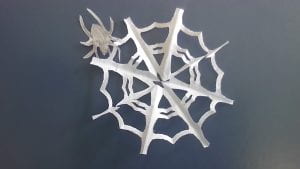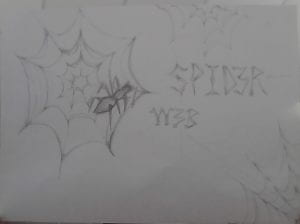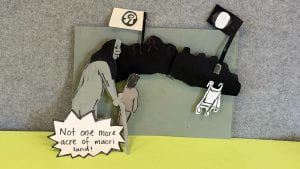In this activity we were tasked to inform others of octopuses and fun facts about them, but in the form of a poster !
In this activity what I have learnt and taken in is that Maori Octopuses ( Marcoctopus Maorum ) have this unique hunting technique called Parachute hunting meaning they would jet towards the prey, then using its very long tentacles to wrap around it then using its powerful sucker to make sure the prey has no chance of esacpe !
Maori Octopuses are unique beauties can averaging 1 meter in height, but unfortunatley we still havent found out the lifespan of these maginifcient creatures. Yet, what we have found out that they live in the reefs near Austrailia, and New Zealand ranging from 0 meters high in the coral reefs, to the deep ocean floor 549 meters.
They ate large crabs, crayfish, abanole ( paua ), mussels, and even other octopuses, all off from the coastal floors. Yet, they have many predators that include; seals, sharks, octopuses, and albatrosses.
This is what I learnt overall from this busy activity, I found it really enjoyable to find out what lies beyond my reefs and waters, besides the Taniwha in Aotearoas rivers, not to mention all the kina and paua we have, so I am very grateful and how blessed we are in New Zealand!



